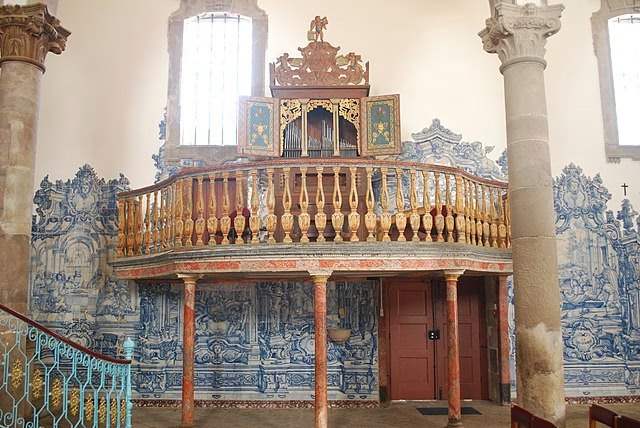Geloof, herovering en heilige ruimtes
Verscholen in de oostelijke Algarve van Portugal ligt het stadje Tavira waar geloof en geschiedenis hand in hand gaan. Met wortels die teruggaan tot de Fenicische en Romeinse tijd, werd deze stad aan de rivier een essentieel christelijk bolwerk na de Reconquista - en kerken ontsproten als wilde bloemen. Tavira had ooit ongeveer 30-36 heilige gebouwen Bewaarders van eeuwenoude verhalen.
De meest beklijvende is misschien wel Igreja de Santa Maria do Castelo . Nadat Tavira in 1242 was heroverd door Dom Paio Peres Correia en de Orde van Santiago, verrees uit de as van een voormalige moskee een kerk in gotische stijl. Volgens de plaatselijke traditie zijn de overblijfselen van Correia en zeven ridders die stierven in de strijd rust binnenin, hoewel historici de exacte waarheid betwisten.
Dan is er Kerk van Misericórdia gebouwd in het midden van de 16e eeuw onder leiding van renaissancearchitect André Pilarte (die ook werkte aan het Jerónimosklooster in Lissabon). De voorgevel is een juweeltje uit de renaissance; het interieur schittert met blauw-witte azulejo panelen waarop de 14 werken van barmhartigheid staan afgebeeld, samen met gebeeldhouwde heiligen en engelen.
Naast deze grote heiligdommen werd het religieuze leven in Tavira gevormd door een netwerk van kapellen van de broederschap -zoals de Ermidas van São Sebastião en São Roque, die elk burgerlijke, militaire of handelsgroepen vertegenwoordigden. Hoewel velen in verval raakten, overleven hun verhalen nog steeds in steen en herinnering.
De parochies, de paden & Moorse echo's
Met zijn 21 kerken onder de hoofdparochie en meer die behoren tot broederschappen en burgerlijke instellingen-Heilige week in Tavira Het barst er van de pelgrims, processies en geschiedenis, waarvan een groot deel wordt bezocht vanaf de oevers van de Gilão.
De parochie van Santa Maria en Santiago bezit veel van dit erfgoed. Kerk van Santiago staat bijvoorbeeld vlakbij het kasteel en dient als startpunt van de Caminho Nascente-een pelgrimsroute naar Santiago de Compostela, die Tavira spiritueel verbindt met een bredere Europese traditie.
Op een dieper niveau fluistert het stedelijk weefsel van Tavira nog steeds over zijn Moors verleden . De kronkelende steegjes, huizen met platte daken, hoefijzerbogen, schoorstenen en tegelpatronen weerspiegelen een islamitisch Medina dat hier floreerde tot de herovering halverwege de 13e eeuw. Verschillende kleine musea en archeologische vondsten, waaronder de beroemde "Tavira-vaas", getuigen van deze gelaagde erfenis.
De Islamitisch Museum (Núcleo Museológico Islâmico) gehuisvest in het Palácio da Galeria in het stadscentrum, is een stil baken van die geschiedenis: het toont keramiek, fragmenten en voorwerpen uit het dagelijks leven die ons eraan herinneren hoe diep de Moorse cultuur deze hoek van de Algarve heeft gevormd.
Waarom al deze kerken?
Dus waarom had Tavira zoveel kerken ? Het strategische belang van de stad tijdens het 16e-eeuwse tijdperk van de ontdekkingen maakte er een spiritueel centrum van. Religieuze ordes, liefdadigheidsinstellingen, gemeenteraden en broederschappen richtten allemaal hun eigen heilige plaatsen op. De reputatie van de stad als de "Stad van Kerken" groeide niet alleen uit devotie, maar ook uit de burgerlijke structuur, identiteit en het sociale leven.
Laatste gedachten
Als je over de elegante zevenarmige Gilão brug -mythisch "Romeins" genoemd, maar waarschijnlijk herbouwd door de Moren - wandel je tussen tijdperken. Tavira is waar Moorse straten ontmoeten christelijke kathedralen en het pelgrimspad bestaat naast het dagelijkse nu. Elke kapel, elk tegeltableau, elk vervaagd graf is een rode draad in het verhaal van een stad gevormd door geloof, verovering en gemeenschap.
Zelfs als je alleen maar uitkijkt op de torens van de kathedraal die oprijzen achter de met azulejo bedekte daken, voel je dat Tavira is niet zomaar een plaats, het is een stad vol geschiedenis .
Credits & inspiratie : Deze post is gebaseerd op historische inzichten uit Portugal Resident's "De religieuze geschiedenis van Tavira - Deel 1" en "De parochies van Tavira - Deel 2aangevuld met archief- en reisbronnen zoals gemeente- en erfgoedarchieven en recente verslagen over de lokale geschiedenis.
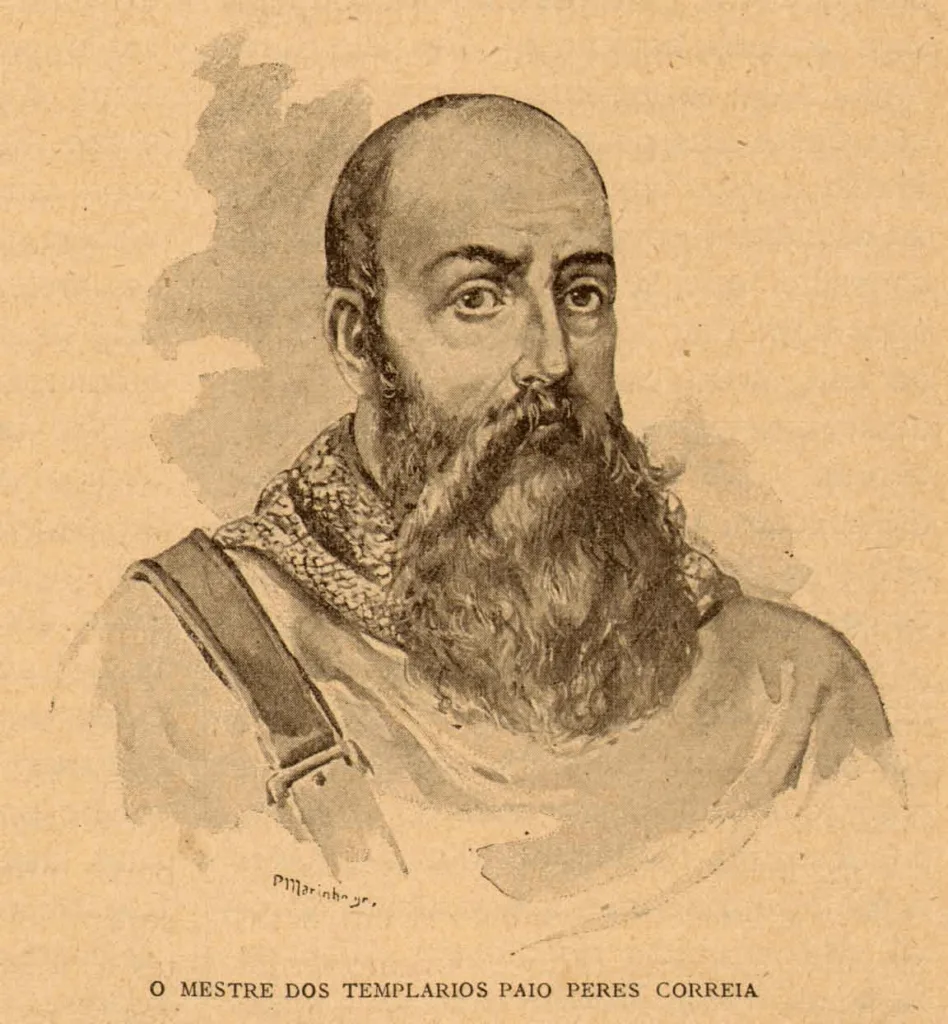




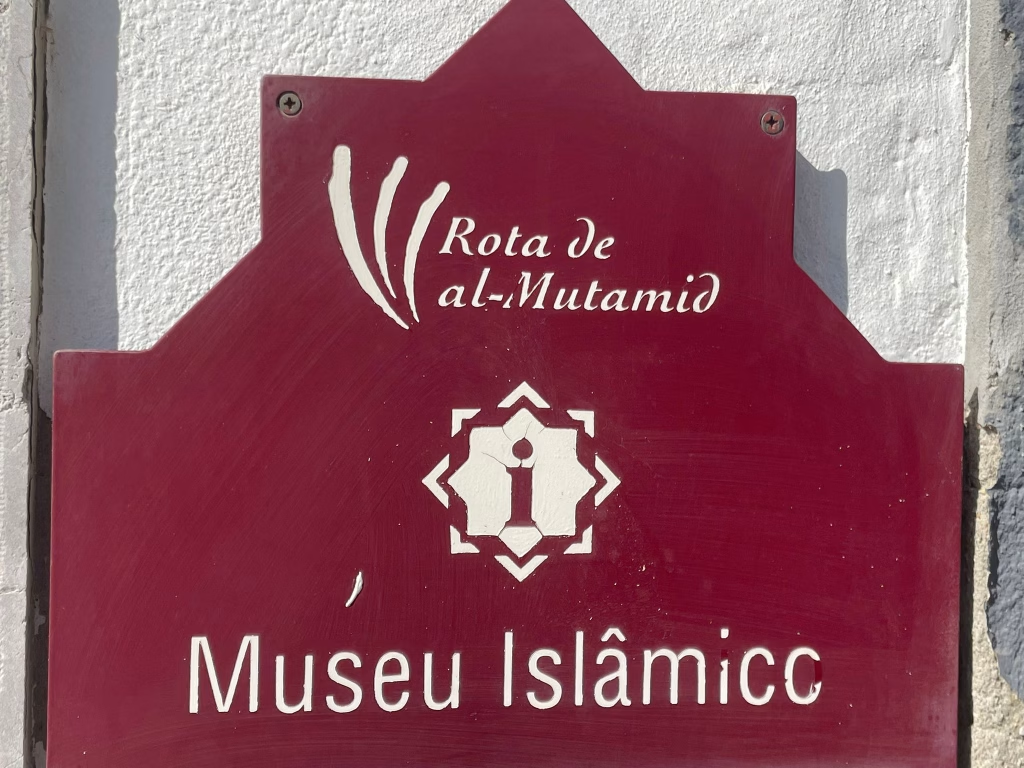
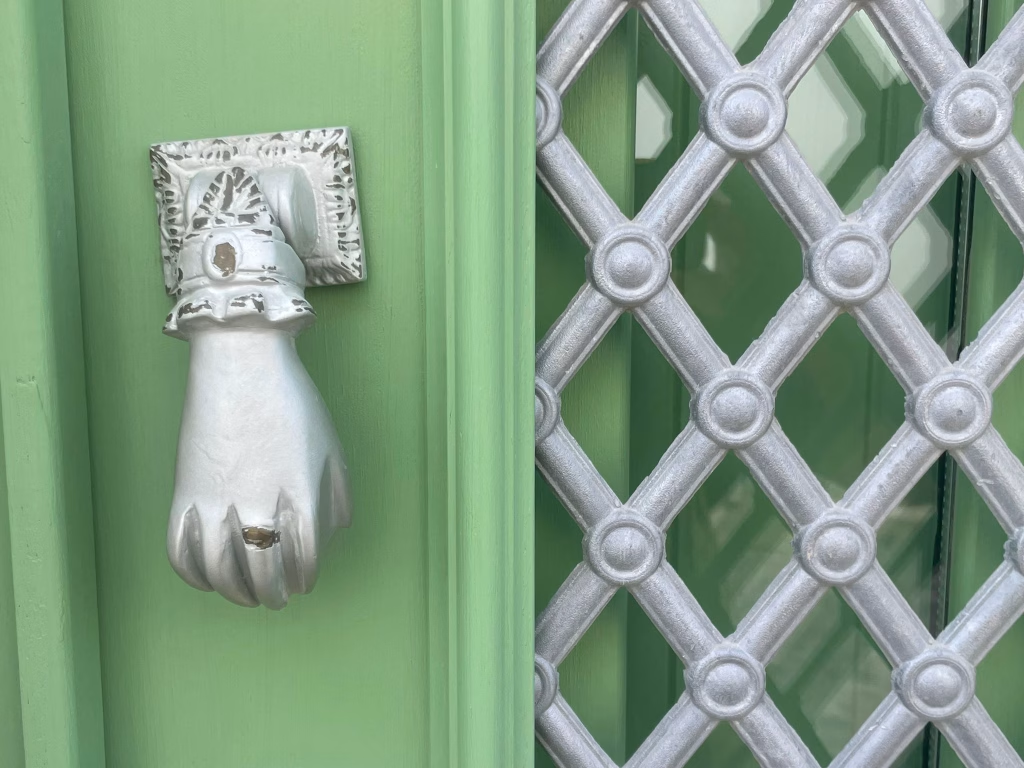
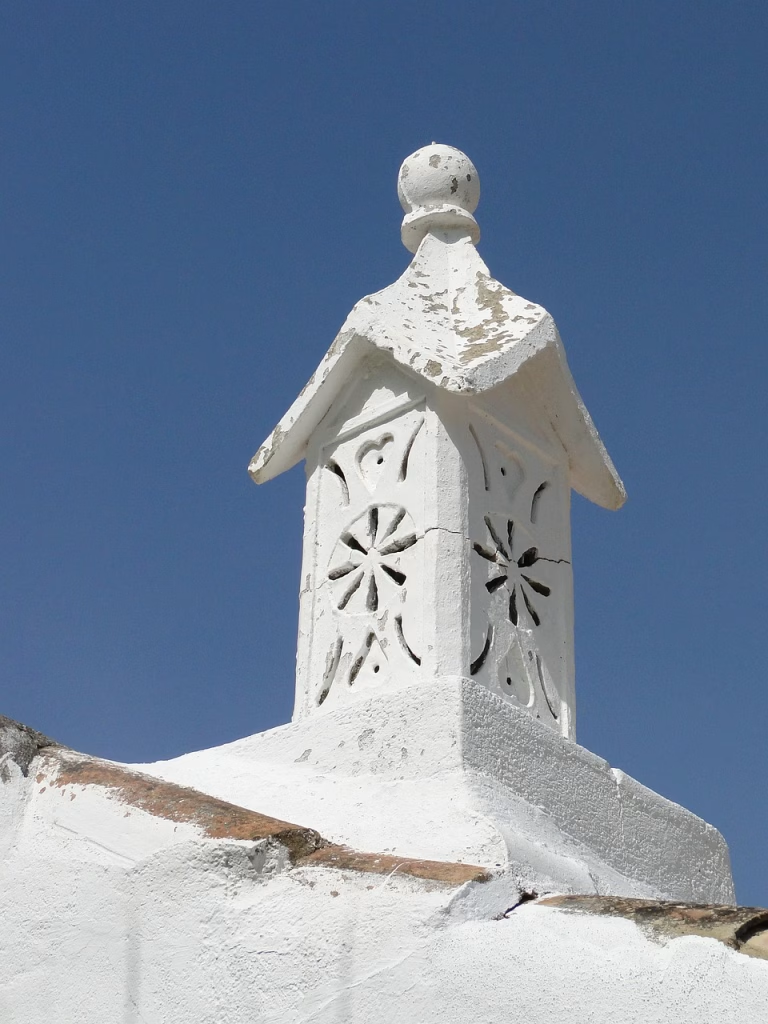
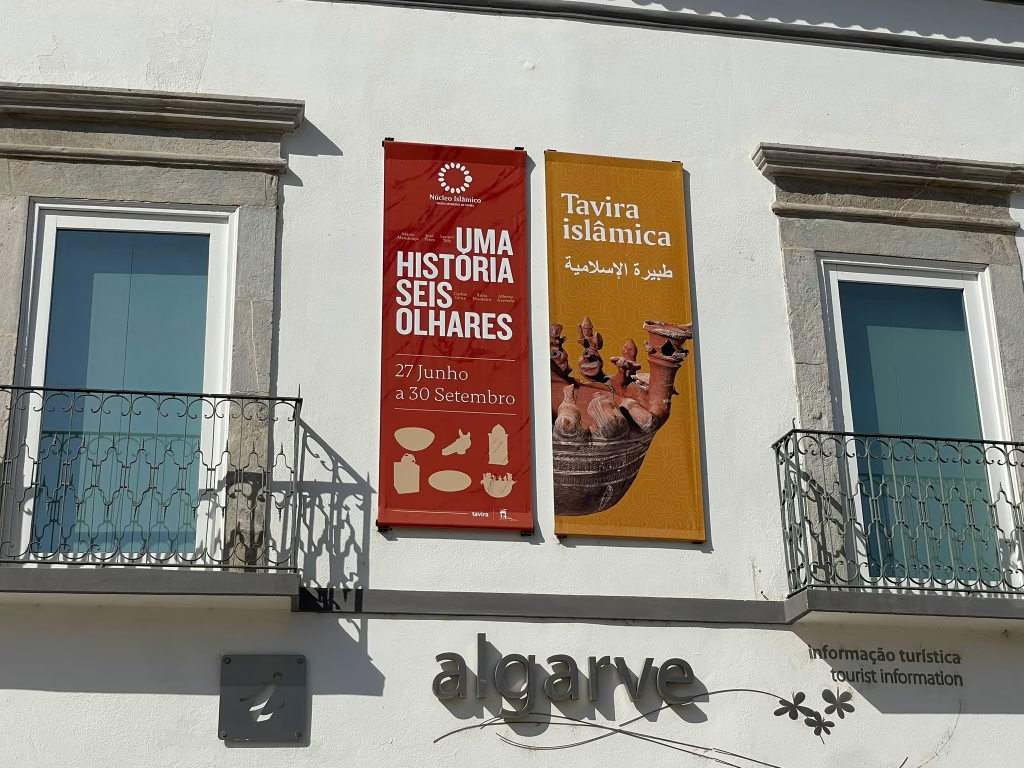
![Kasteel van Tavira | Miguel Vieira [2], CC BY 2.0, via Wikimedia](https://tastetavira.com/wp-content/uploads/2025/10/TaviraCastle-CCBY.avif)
